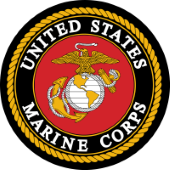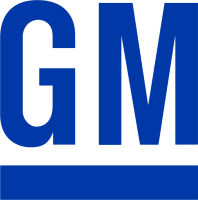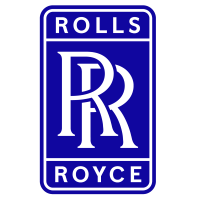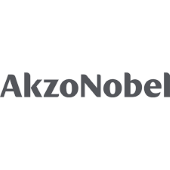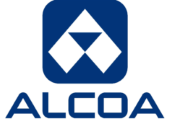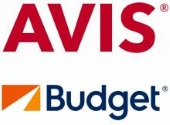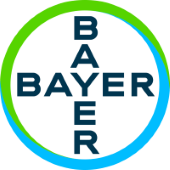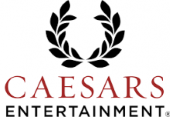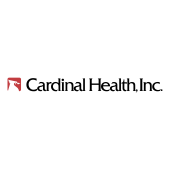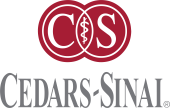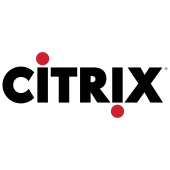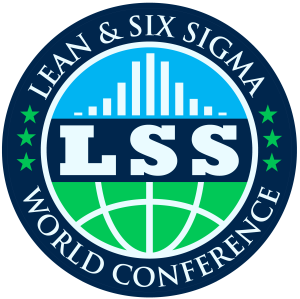 |
|  |
|
ABSTRACT Integrating Continuous Improvement Across the Organization for Greater ImpactIndustry: Not Industry Specific Keywords: Continuous Improvement; Culture; Communication Level: Intermediate LinkedIn: https;//www.linkedin.com/in/danmessina Continuous improvement, change management and organizational culture paradigms have as many practitioners as methods but, due to how we deploy these roles within our organizations, often fail to arrive at an obvious conclusion. The Lean Six Sigma Black Belt claims success if waste is reduced, defects are minimized, and processes are perfected. The Communications Director claims success if internal and external feedback is received, disseminated, and acted upon. The Human Resources Manager claims success through effective conflict management and the deployment of surveys that depict the overall health of the workforce. All are important yet, none can stand alone. The Convergence of Continuous Improvement, Change Management and Organizational Culture is a provocative idea that suggests we are all looking through the wrong end of the telescope. That a positive company culture starts with organizational trust; that continuous improvement projects are more successful when stakeholders trust those upstream and downstream in the process; that a company culture has nothing to do with what owners want and everything to do with the behaviors, habits, responsibilities, and accountability of the people in the value stream. In a world where we’re fixated on instant gratification, dashboards, and key performance indicators, we have become so focused on diagnosis, we’ve started to lose touch with how we make and keep our organizations healthy. Much like society is fixated on outward looks yet less worried about long-term health. We’ve employed Lean Six Sigma Black Belts to analyze and optimize our processes. We’ve sought out the advice of behavioral psychologists for the purpose of understanding how to create an excellent culture. We’ve created roles for communications specialists to engage internal and external customers to keep them apprised of upcoming changes. Yet, we’ve siloed these professionals in different parts of the organization (typically manufacturing, HR, and marketing) because we didn’t appreciate they are all interconnected. Not only are they interconnected but they must work in conjunction with each other to be successful. Let’s suppose you are the leader of an organization…how would you form your executive team? Right, it’s highly dependent on the organization’s purpose but let's not get too mired down in detail for the moment. This is how I would do it: I’d make sure I had HR, Continuous Improvement and Communications professionals on my immediate team then empower them to work creatively together. Each brings a different perspective to the table, yet all are focused on one thing: the customer experience which is really what we’re trying to affect. | BIOGRAPHY Daniel MessinaContinuous Improvement Leader, ABB Inc, Prairie Village, KS, USA Daniel Messina is the quintessential square peg in a round hole. Coming to continuous improvement after a career in the diagnosis and repair of highly complex automated systems, he honed his skills for problem-solving in some of the most inhospitable and high-pressure conditions imaginable. Eventually moving into the sale of automated systems and connected services, Daniel mastered the skill of conversation with clients leading to successful outcomes for all. This varied career provides Daniel with a diverse perspective for problem-solving and communication methods. |














